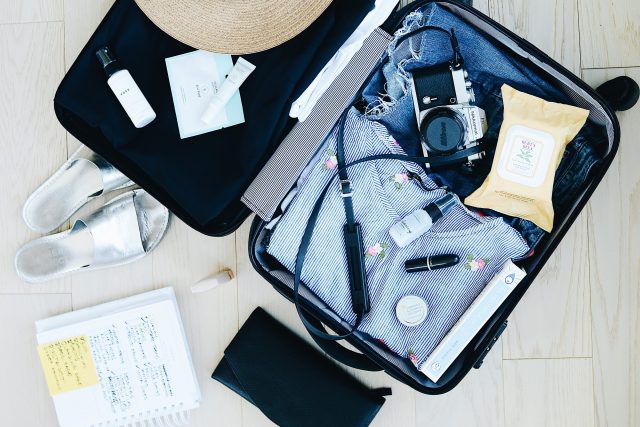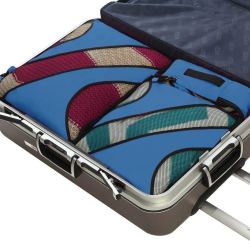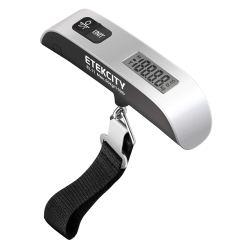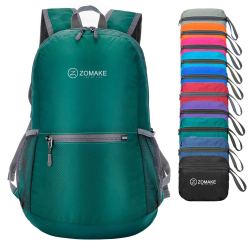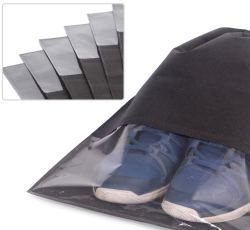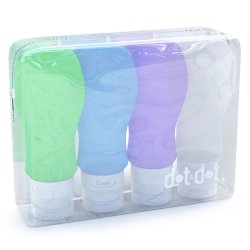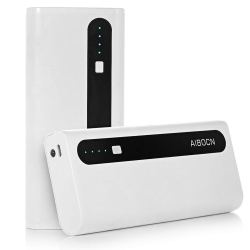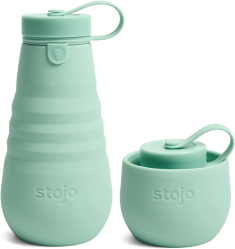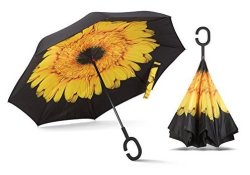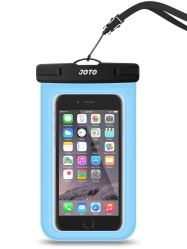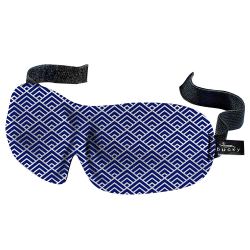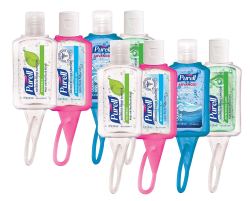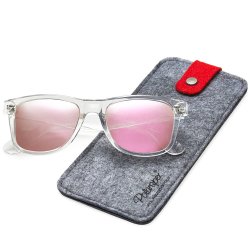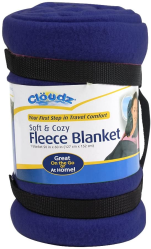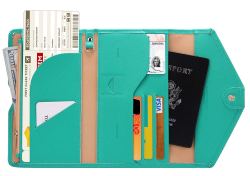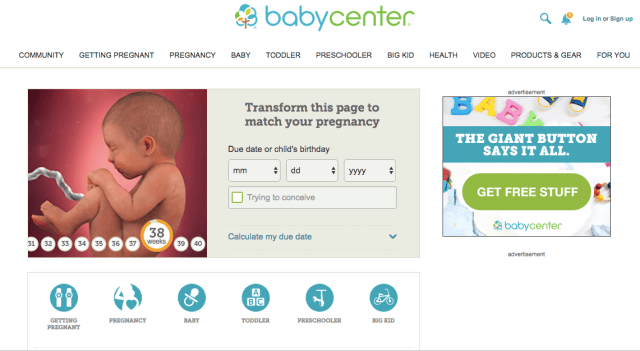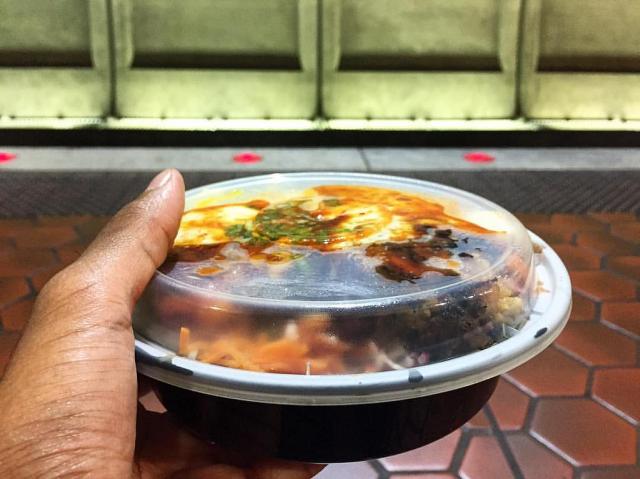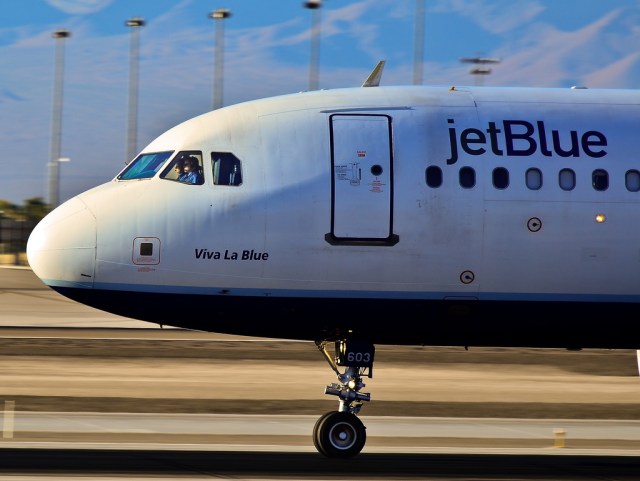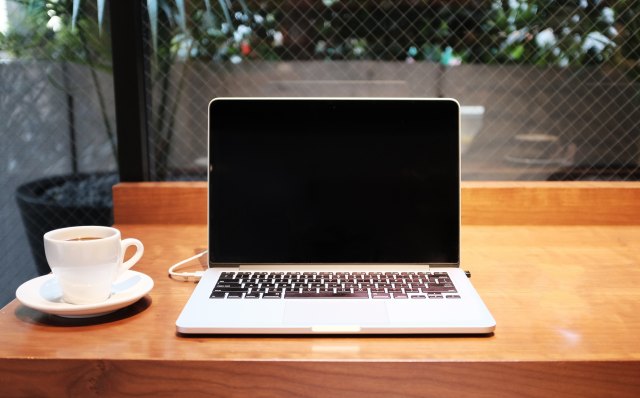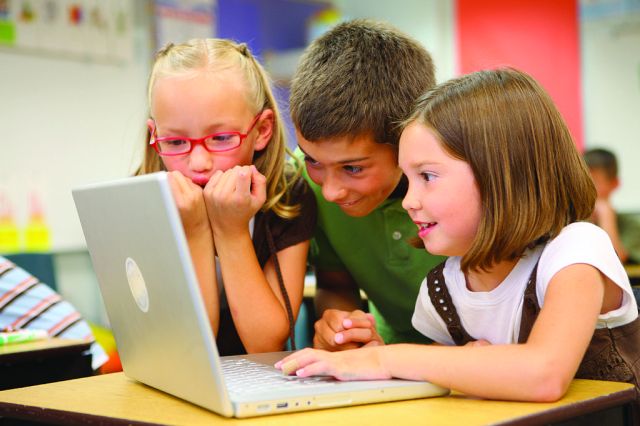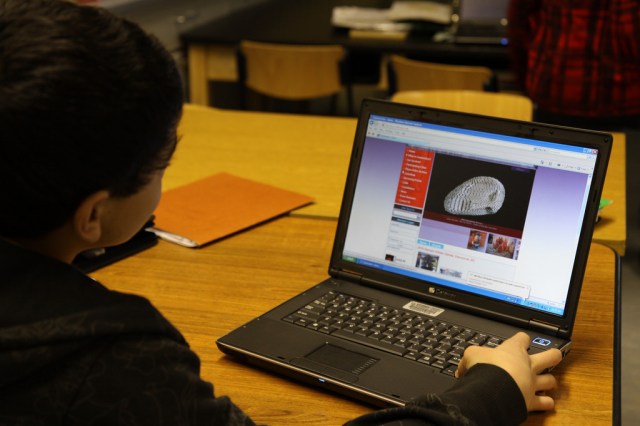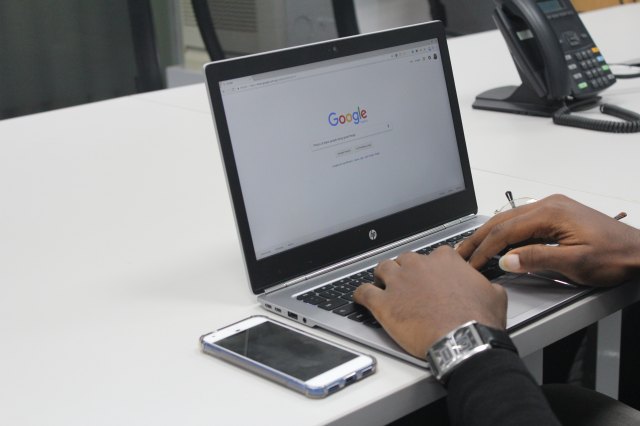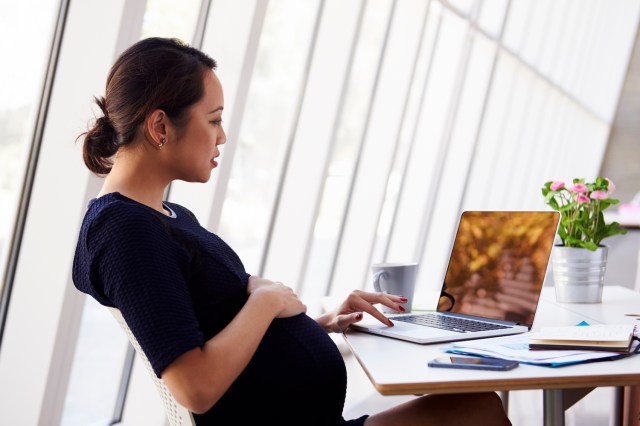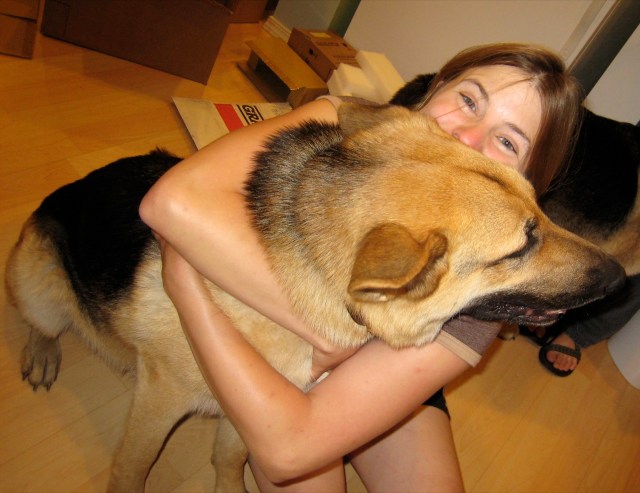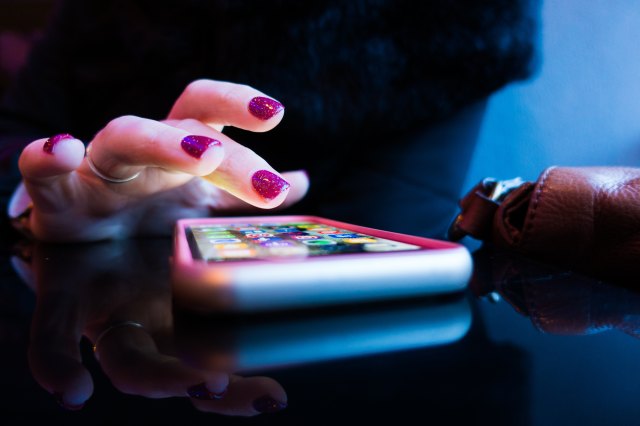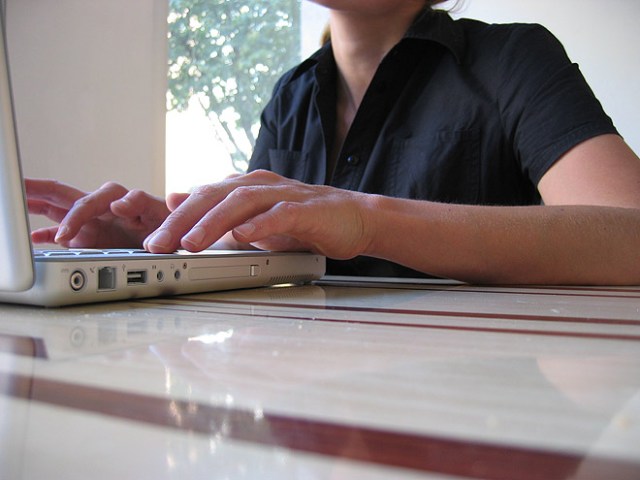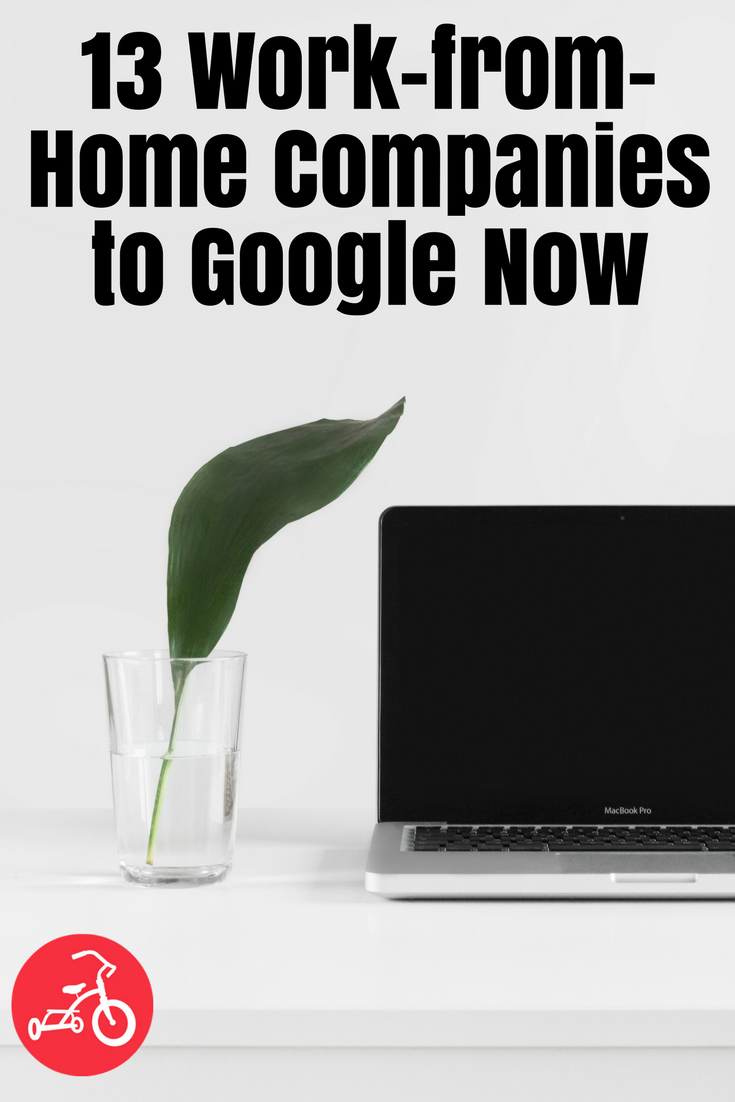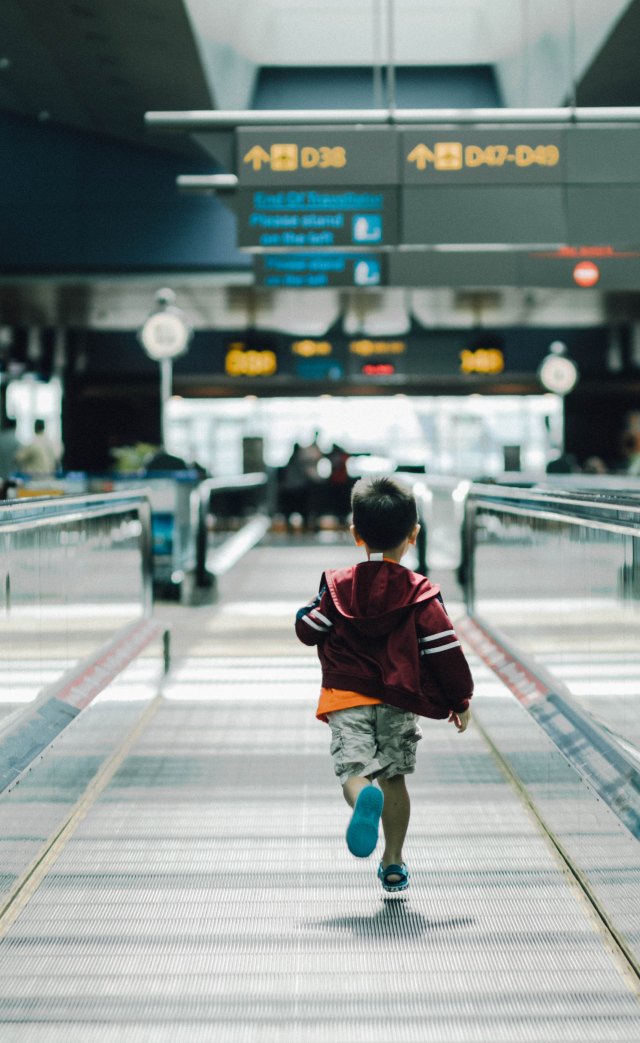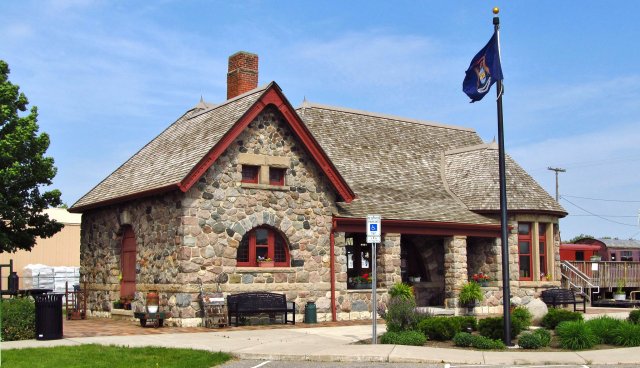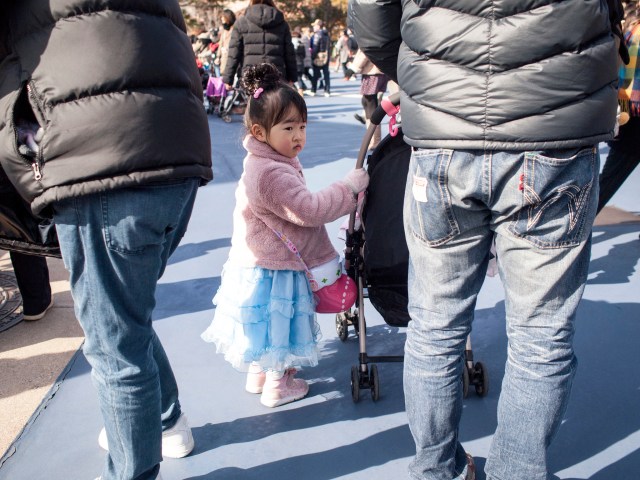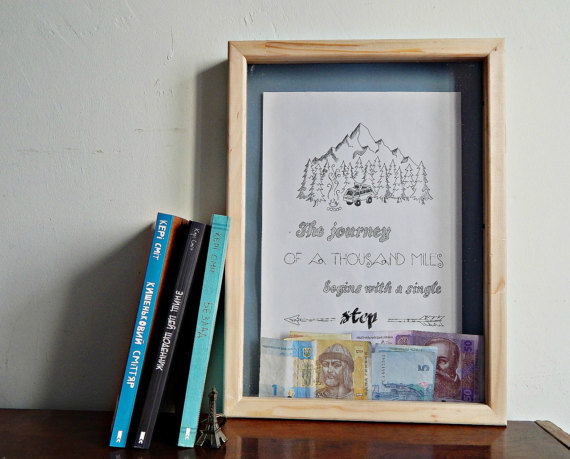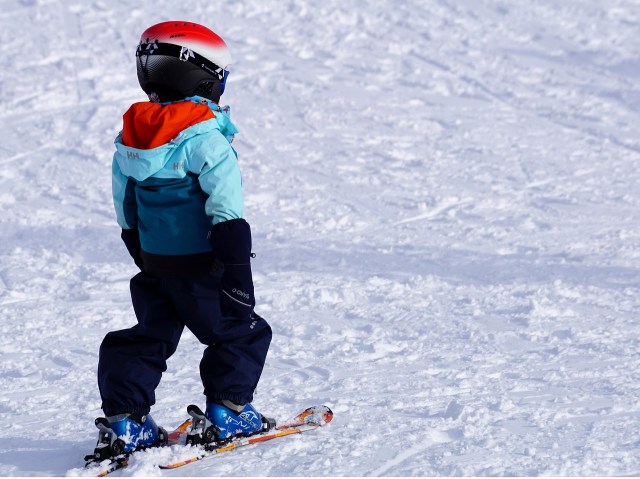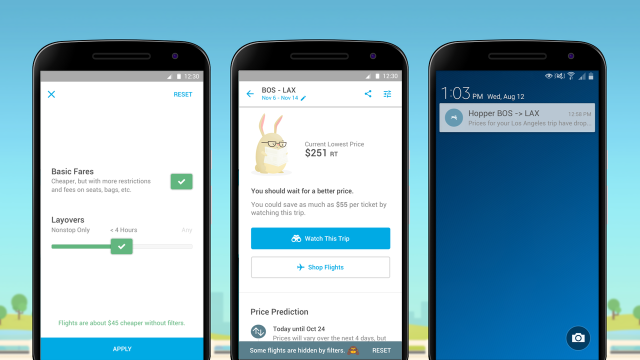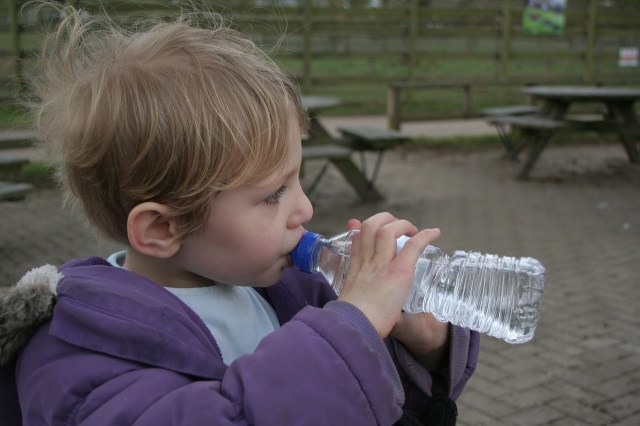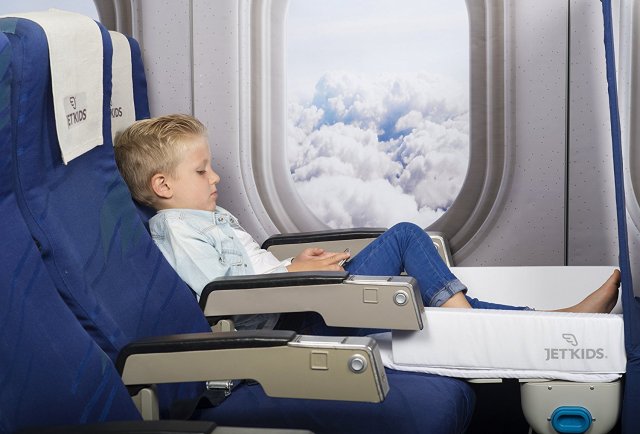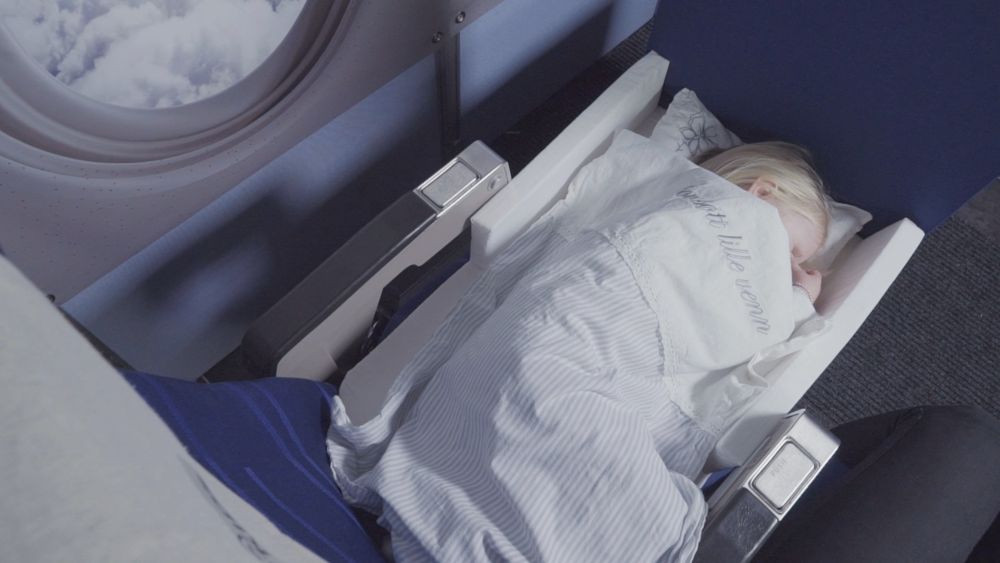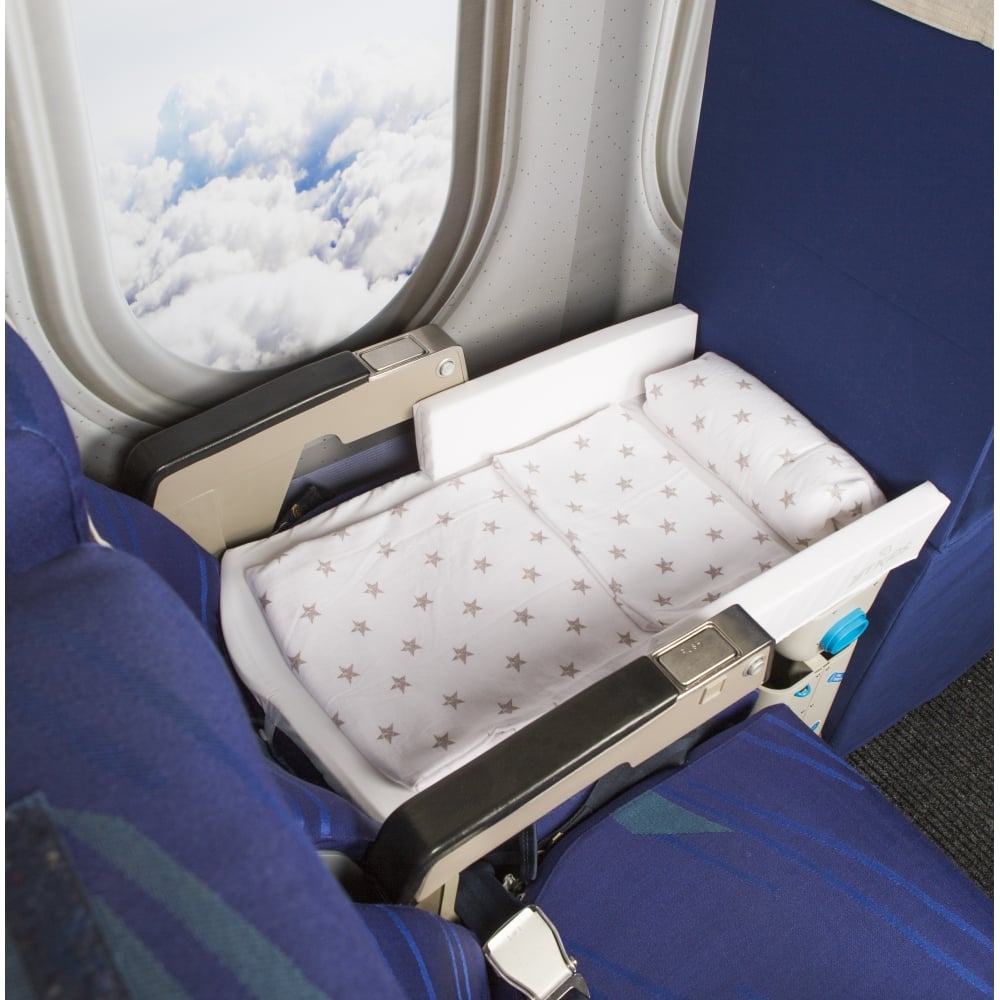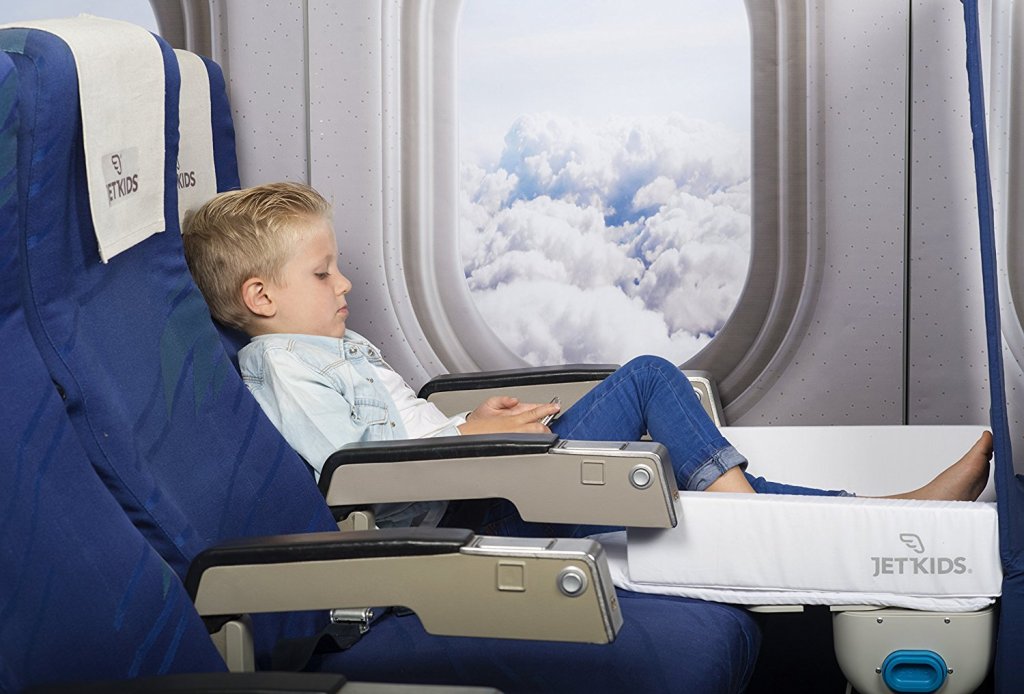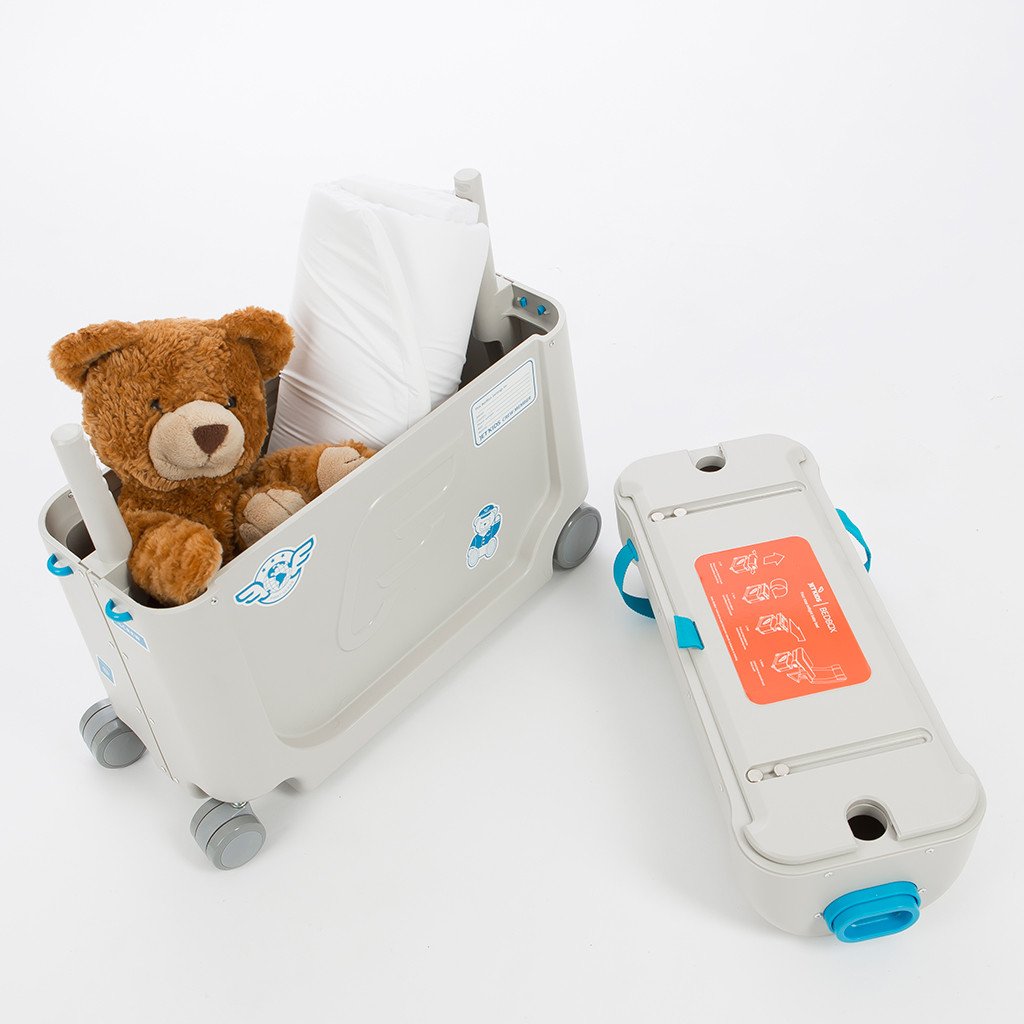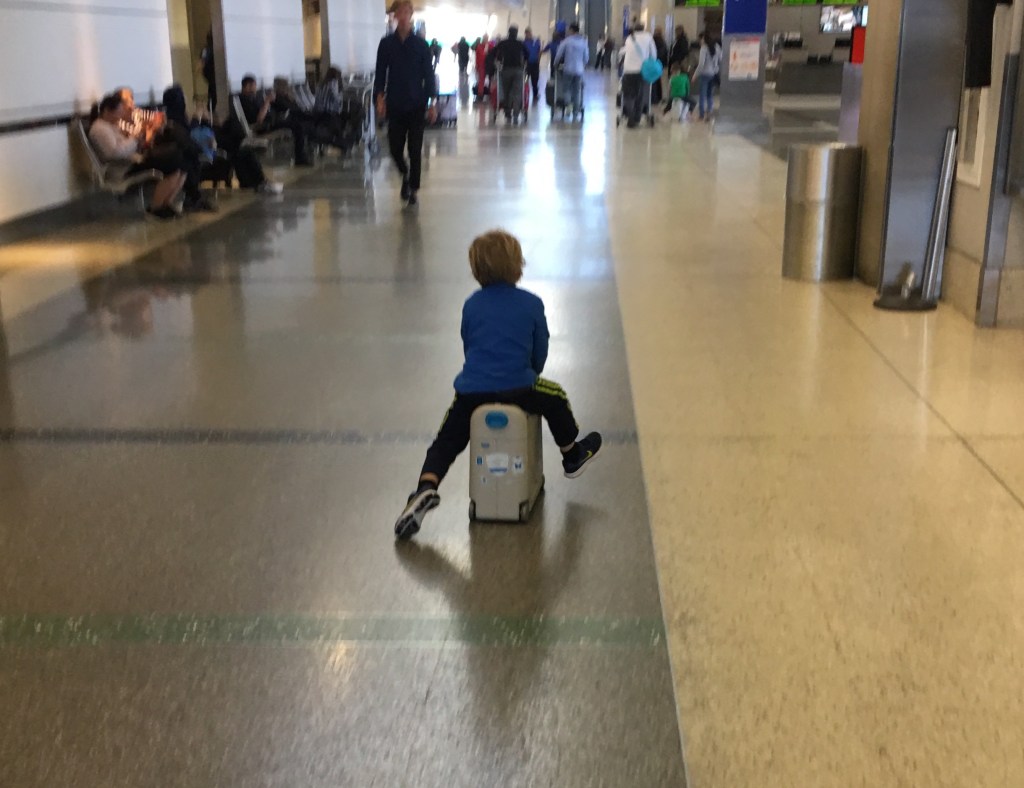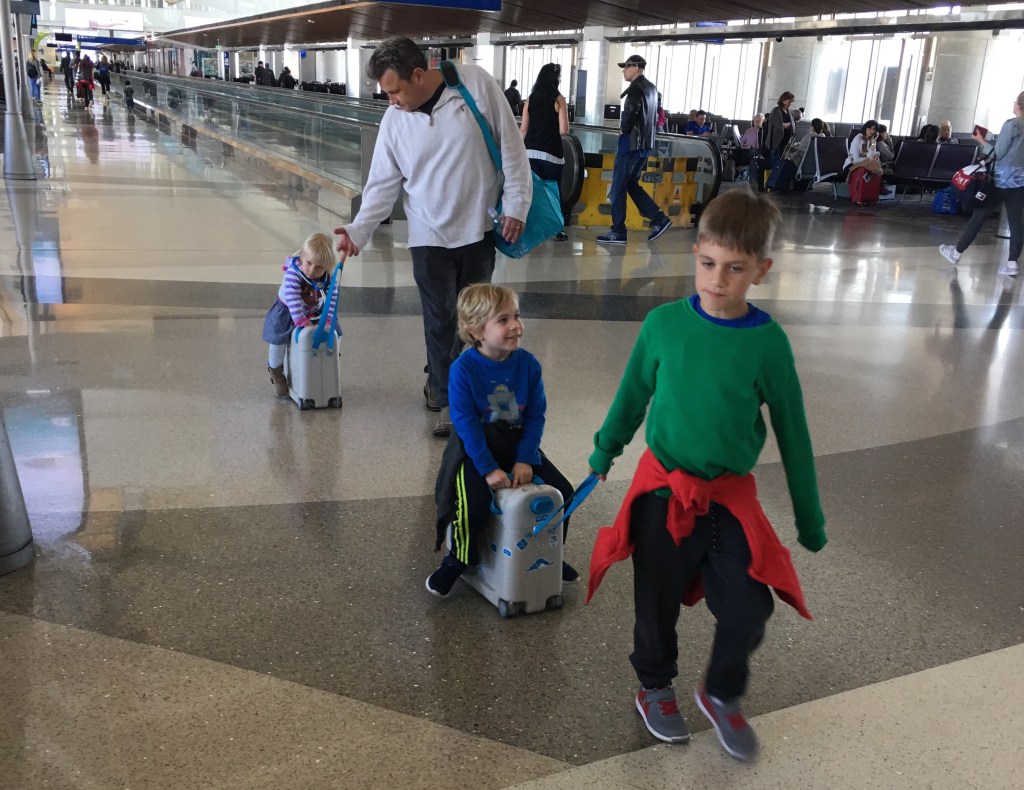Whether you’re headed on a road trip or planning a jet-set getaway, you’ll want an umbrella stroller for your little one. Many destinations offer strollers for rent, but bringing your own offers the convenience of getting through airports and train stations with ease (and knowing your kids have a clean, safe ride).
But with so many choices, it’s hard to know which stroller will meet your travel needs. And what’s the difference between a lightweight stroller and an umbrella stroller? Read on for all the answers, and some great stroller options for all your adventures.
photo: TanteLoe via Pixabay
Lightweight vs. Umbrella Stroller
Many big-box stores use the term “lightweight” and “umbrella” interchangeably for compact, light and convenient strollers. But there are actually subtle differences between the two. With hook-like handles and, typically, a vertical fold (which means they can stand upright), umbrella strollers bear the name of rain gear with similar features. Umbrella strollers may not have all the premium features of a traditional stroller, such as tilting seats and five-point harnesses, but many options offer nearly fully loaded rides that skimp only on weight. In contrast, the lightweight category offers standard features, like reclining seats, on most models. And they fold horizontally.
Travel Need: Awesome for Airline Travel
You can use any stroller in an airport and check it when you arrive at the gate, but that could mean a wait when you arrive at your destination. If you want to be able to pick up and go when you land, you’ll want a stroller that fits in the overhead compartment.
We like the BabyZen Yoyo because of the airline-approved stamp it has received from nearly every carrier (but contact your airline to confirm it will fit for your flight). Weighing under 13 pounds, this ultracompact, luxury travel stroller can be folded and unfolded with one hand so you can hold your baby while you get ready to roll. The Yoyo accommodates children between 16 and 40 pounds. It is also compatible with some car seats to create a travel system.
Available at amazon.com, $499.
Travel Need: City Strolling
Urban areas demand a stroller that is narrow, light and easy to maneuver around crowds. Even the most aerodynamic of strollers can feel like a monster truck on city streets. Enter the Zoe XL1 v2, which offers a unique add-on accessory: a travel backpack that custom-fits the stroller (you can also purchase straps to wear the stroller on your back with no additional cover).
The Zoe weighs a mere 11 pounds and is compact enough to fit in most airlines’ overhead bins. The sunshade features a magnetic peekaboo window (handy, since Velcro closures can wake a sleeping baby), and it can recline to 165 degrees. Best of all, the Zoe has a tall handle that makes it easier to maneuver than the lower handles you’ll find on many other umbrella strollers. The stroller is ideal for children from 3 months and has a weight limit of 55 pounds.
Available at zoestrollers.com, $299.99.
Travel Need: Everyday Errands and Outings
If your travels or your daily routine have you constantly on the go, check out the Britax B-Free. It combines the premium features typically found in a traditional stroller in a more compact, one-hand-fold, all-terrain model.
While the company labels this a lightweight model, at 22 pounds it is a bit heavy for the category, but still much lighter than a traditional stroller. In many ways, it combines the best features of all the stroller types: It’s loaded like a traditional stroller, weighs in like an umbrella stroller and — with only three wheels — maneuvers like a jogging stroller. It can also be converted into a travel system.
Available at britax.com, $359.
Travel Need: Park Hopping and Zoo Stomping
If you’re checking out a bunch of cultural perks and putting your stroller through some wear and tear, you’ll want one that can handle the demands of a day-long excursion at a bargain price. Many tourist destinations require that you leave your buggy unattended in front of attractions, and sometimes strollers go missing.
The Kolcraft Cloud Plus, which retails for $59.99, has an ample, three-tier sunshade to protect your little one from the outdoor elements. The generous basket is sized for all-day excursions; it’s even large enough to hold a diaper bag or a cooler. The Cloud Plus has a five-point harness and an adjustable seat (perfect for napping). Like a true umbrella stroller, the Cloud Plus folds to an upright position, making it easy to carry on trams and monorails.
Available at kolcraft.com, $59.99.
Travel Need: Traveling Light With Newborns
Generally speaking, umbrella strollers are not safe or suitable for children under the age of 6 months. You should not put a newborn in any system that does not support the head and neck. Many lightweight strollers offer infant inserts, “boots,” or bassinet-like cocoons to accommodate smaller children; these accessories are often sold separately. Strollers that offer a travel system option (a fancy way of saying they are car-seat compatible) can also accommodate newborns.
The Nano by Mountain Buggy can be used with most car seats and is compatible with a cocoon ($69.99) that allows a newborn to lie completely flat. This stroller weighs less than 13 pounds and can accommodate children up to 44 pounds (or 4 years old). It’s ideal for air travel, as it easily fits on most airlines. If you have an older child who needs to hitch a ride from time to time, a scooter called the Freerider ($99.99) can be attached—and detached for solo scooting.
Available at mountainbuggy.com, $274.99.
Travel Need: A Seat With a View
The easiest way to travel is with a happy baby, and a baby who can see their surroundings is usually a content camper. The Cybex Eezy S Twist swivels a full 360 degrees, giving your little one a chance to ride facing forward, facing you or facing sideways (this is a game changer for zoo trips, aquarium visits and more!).
It has a narrow frame (it measures just 18 inches wide) and weighs 13 pounds, so you can maneuver it through tight spaces. It’s recommended for children over 6 months (and can fit kids up to 55 pounds). When it’s naptime, it reclines to a near-flat position. The partial canopy has UPF 50+ protection. And, possibly our favorite feature, the stroller parts are machine-washable.
Available at cybex-online.com, $299.
Travel Need: Traveling with Two or More
If you have twins or two young kids, you’ll want to look for a buggy that can accommodate the individual needs of each child. Think independently reclining seats and sunshades. The Joovy TwinGroove Ultralight Stroller offers all this in a system that can be used from birth up to 50 pounds.
While the stroller can handle 100 pounds total (50 for each kid), it weighs only 26 pounds. Each seat reclines to a near-flat position, making it great for long, nap-filled trips. The only downside: The stroller is spot-clean only. Pro tip: You can usually find this stroller for under $200 at a big-box store.
Available at joovy.com, $299.
Where do you plan to use your umbrella stroller? Let us know below!
— Meghan Meyers
RELATED STORIES:
14 Can’t-Live-Without Hacks for Traveling With Baby
The Ultimate Guide to Flying with Baby
https://tinybeans.com/bump-baby/travel-baby-friendly-destinations/






